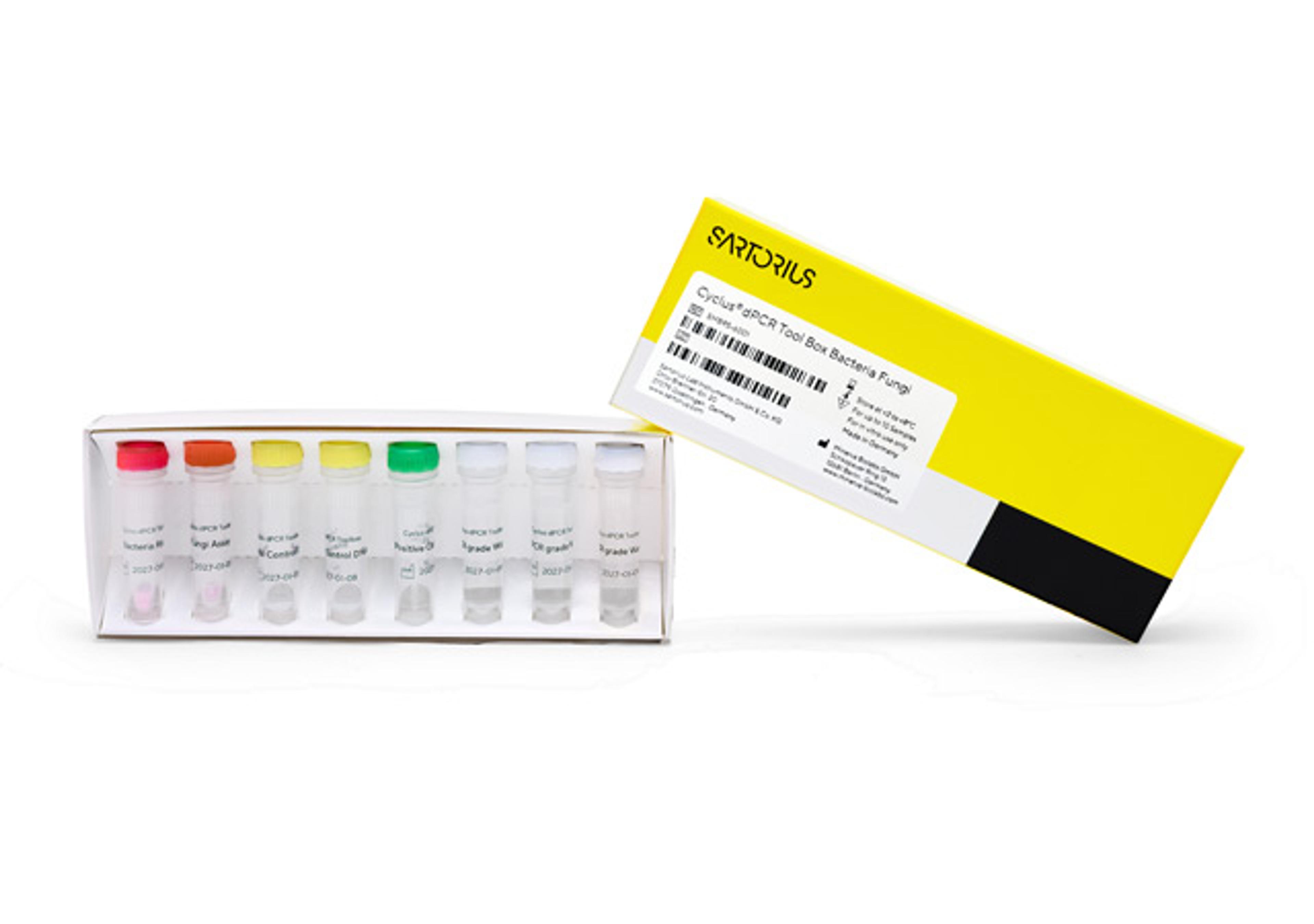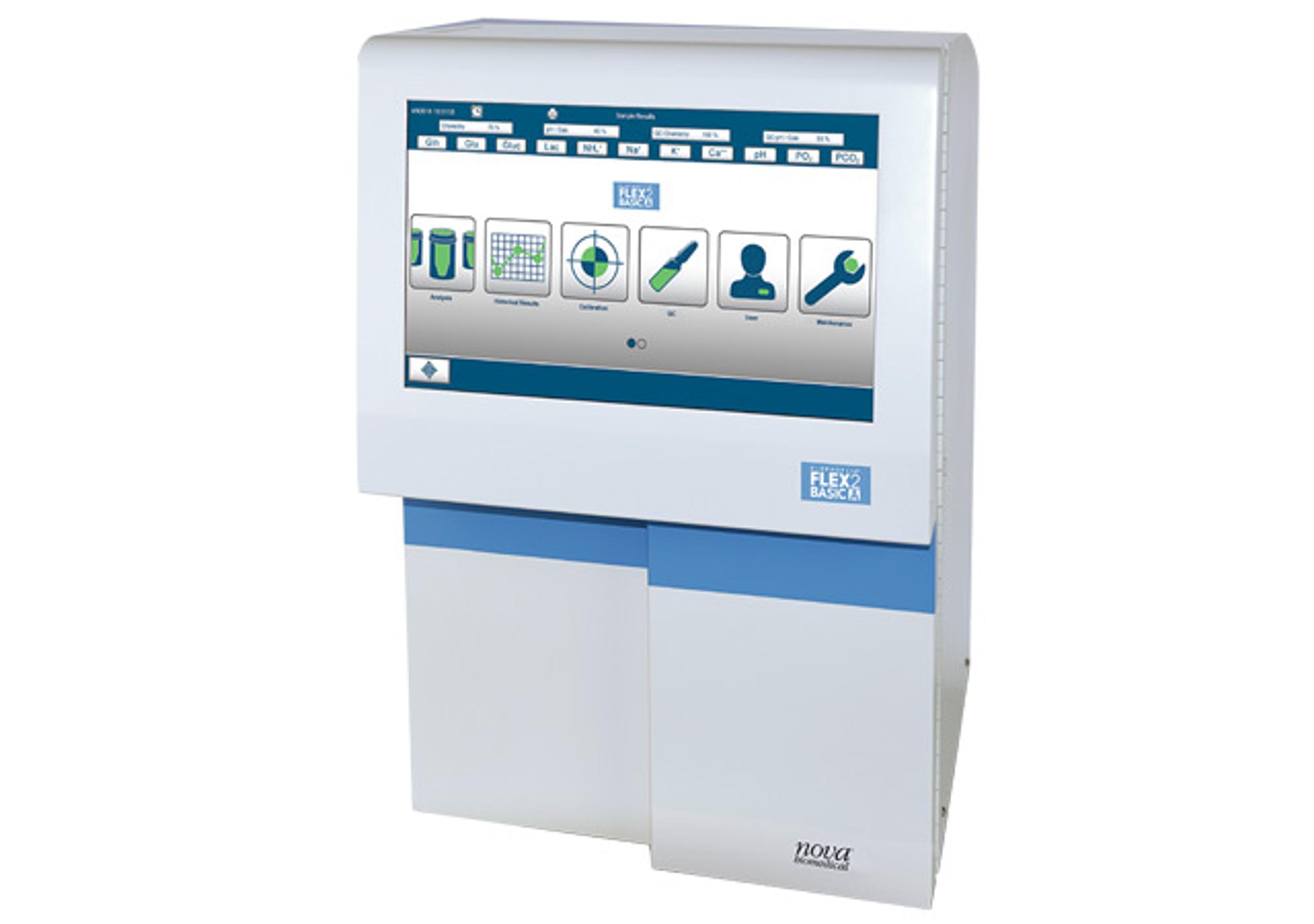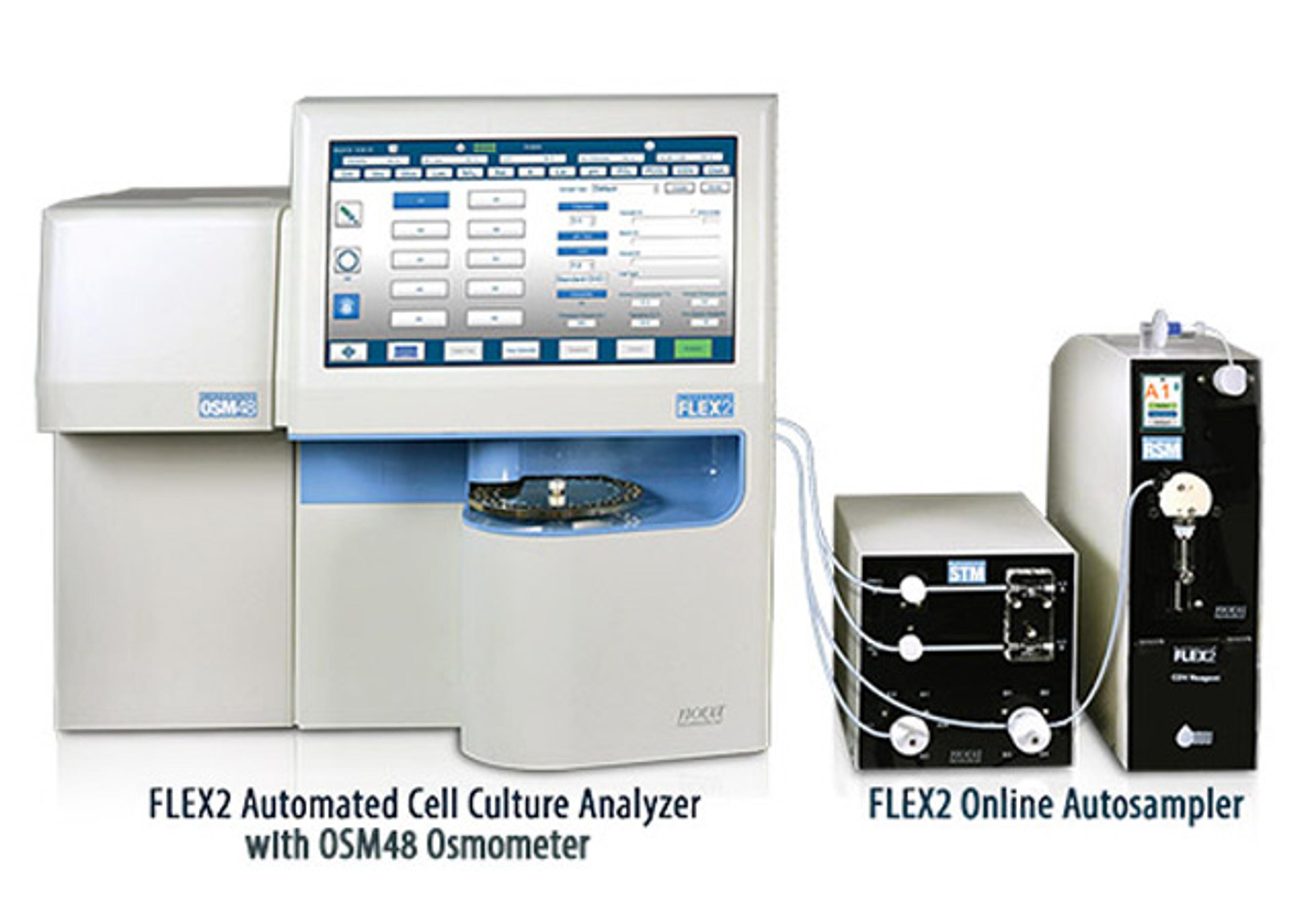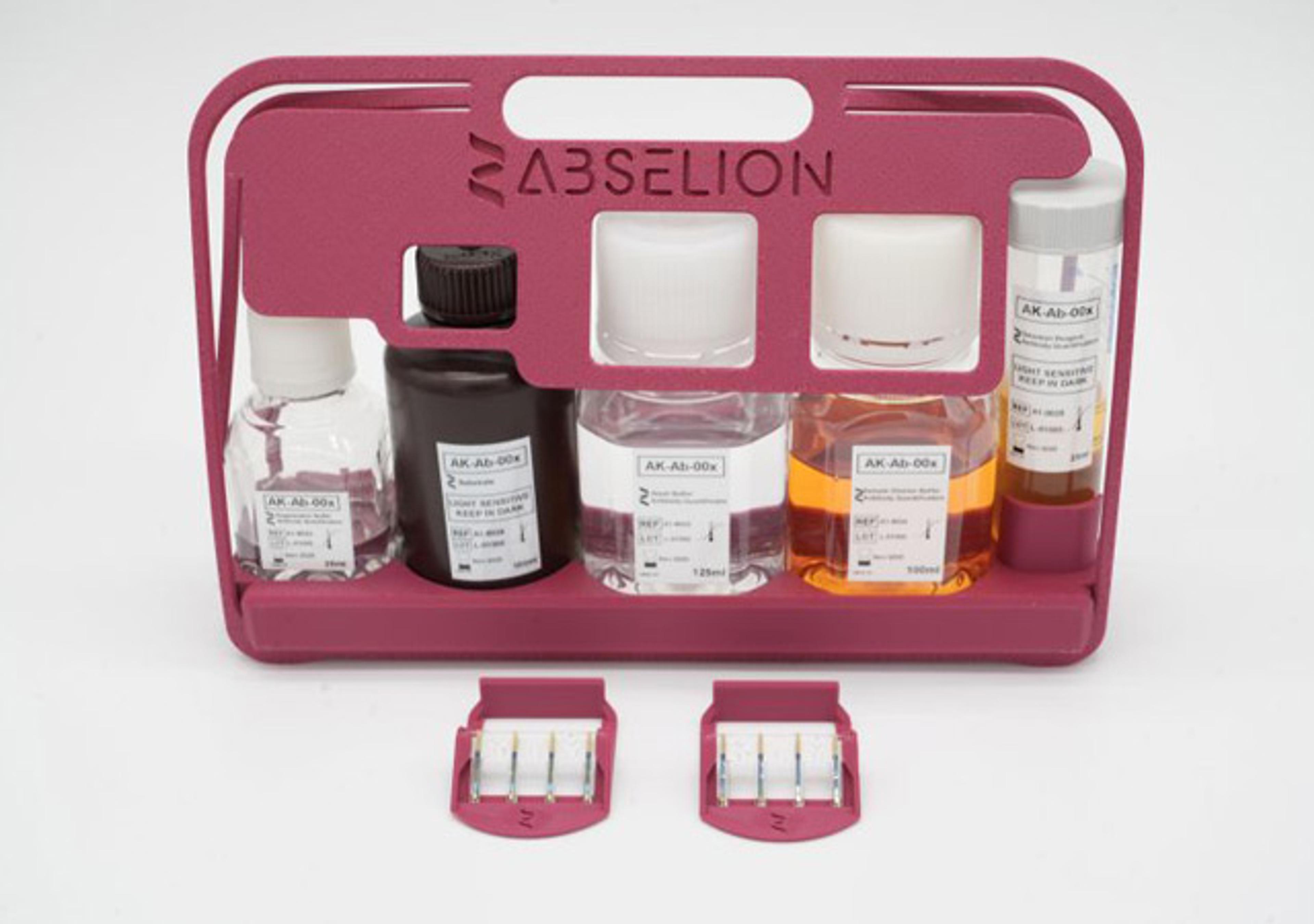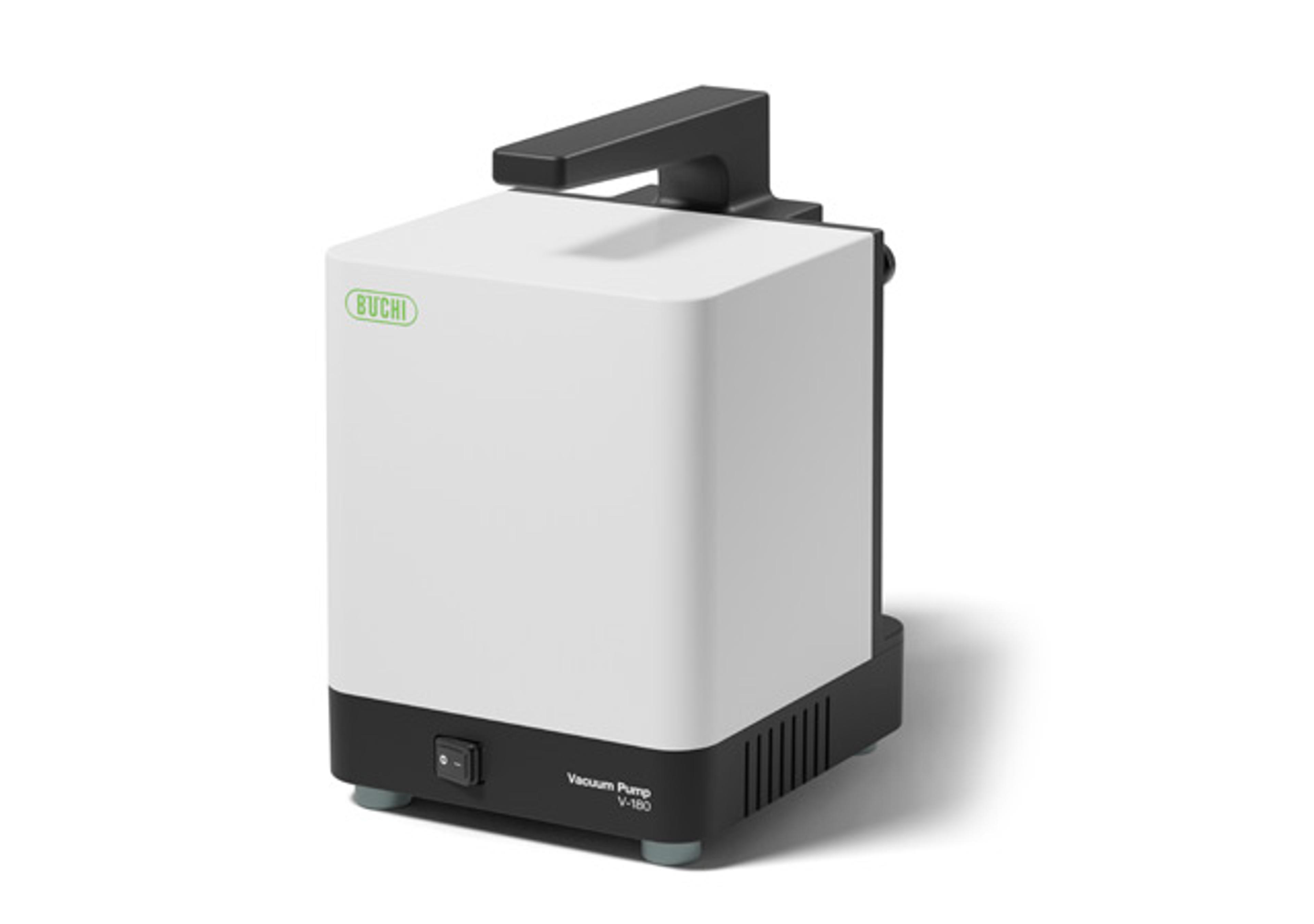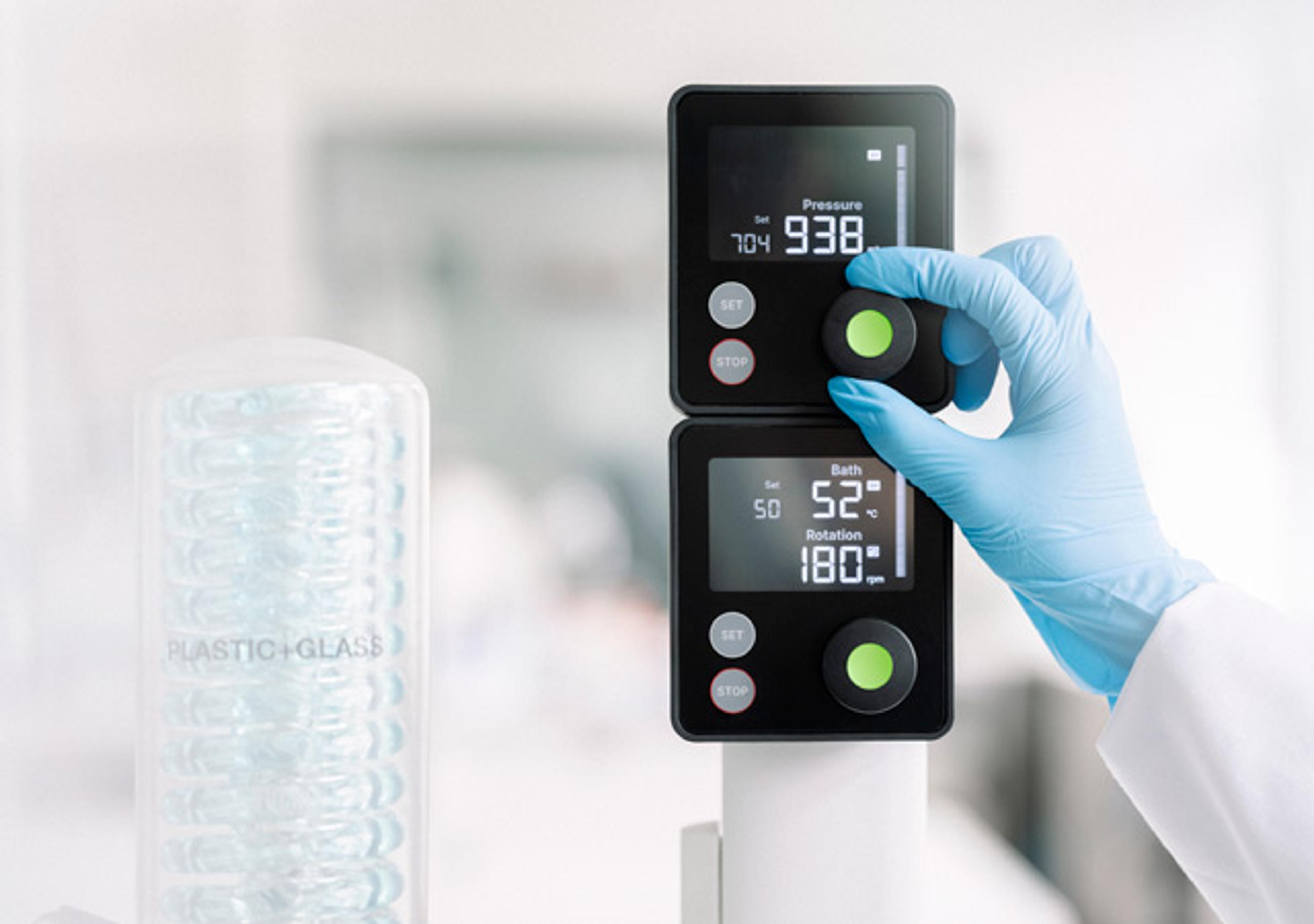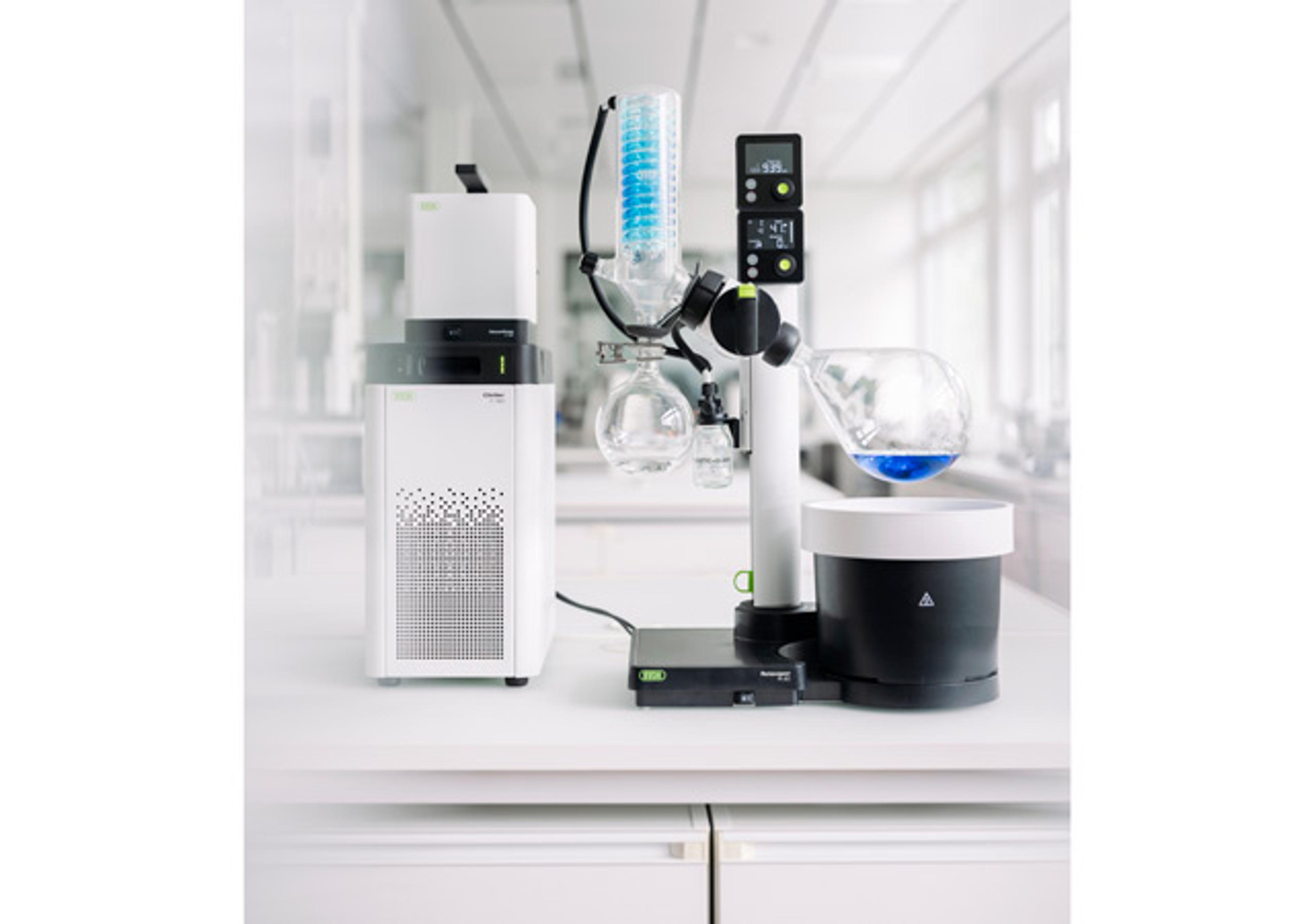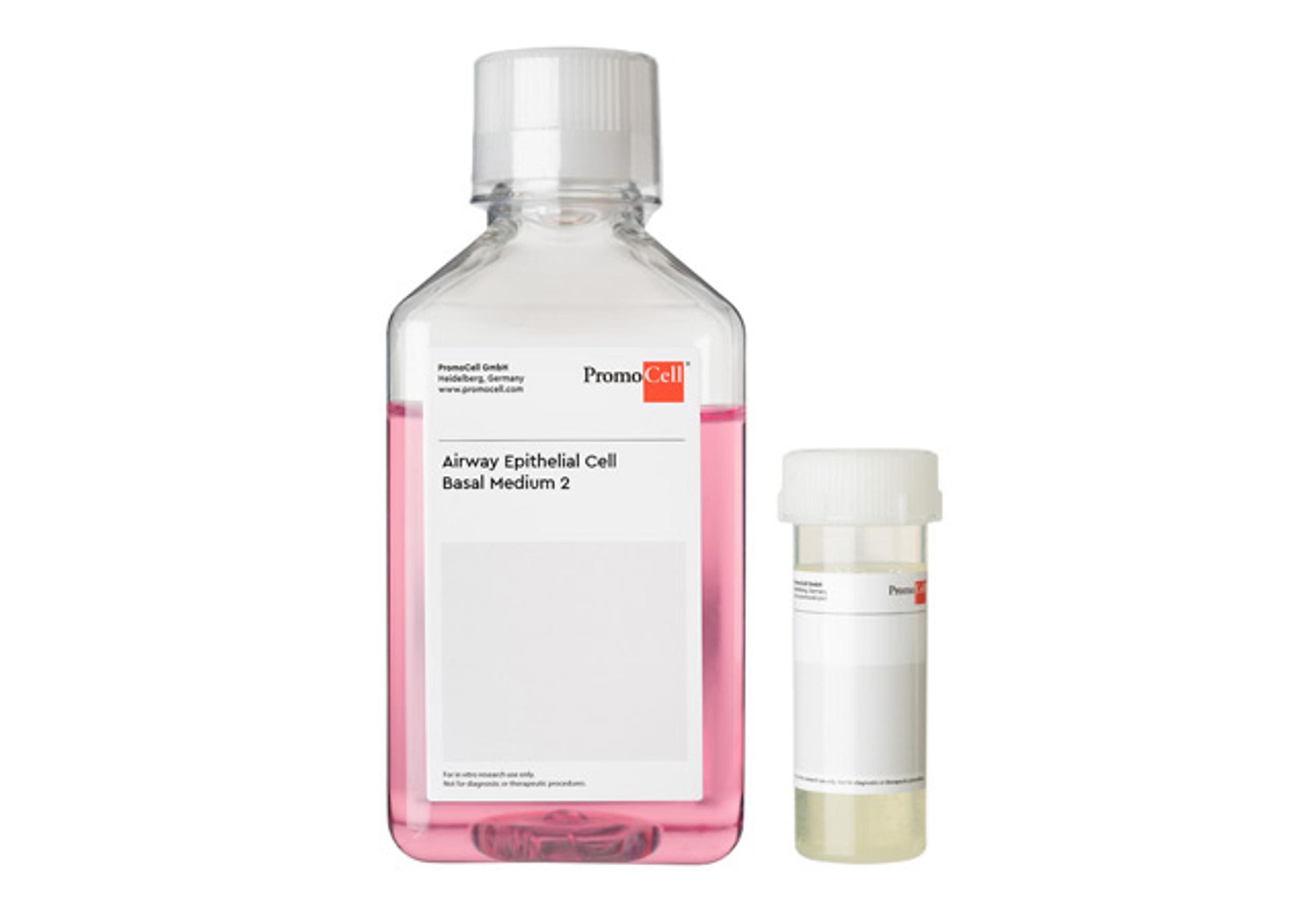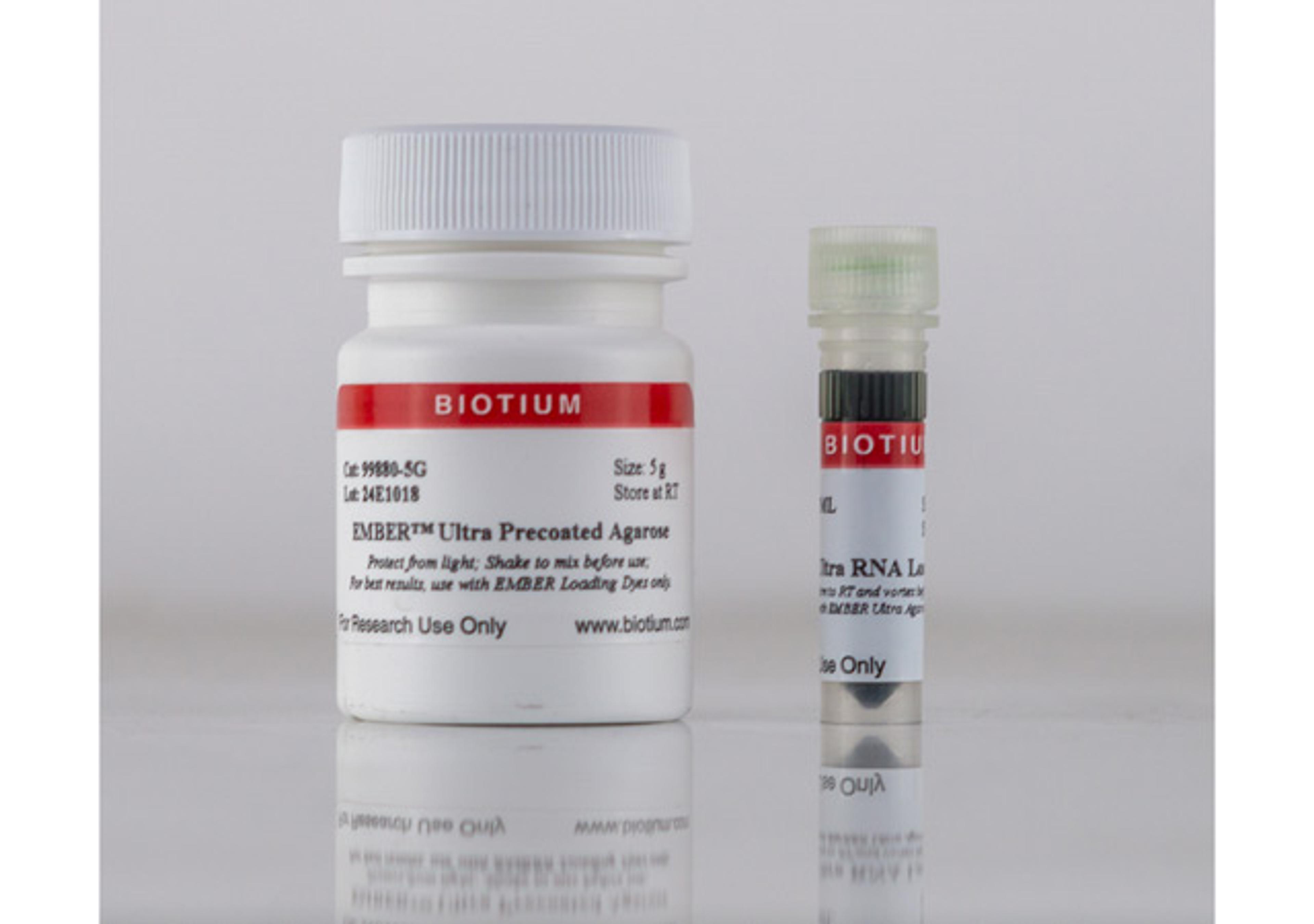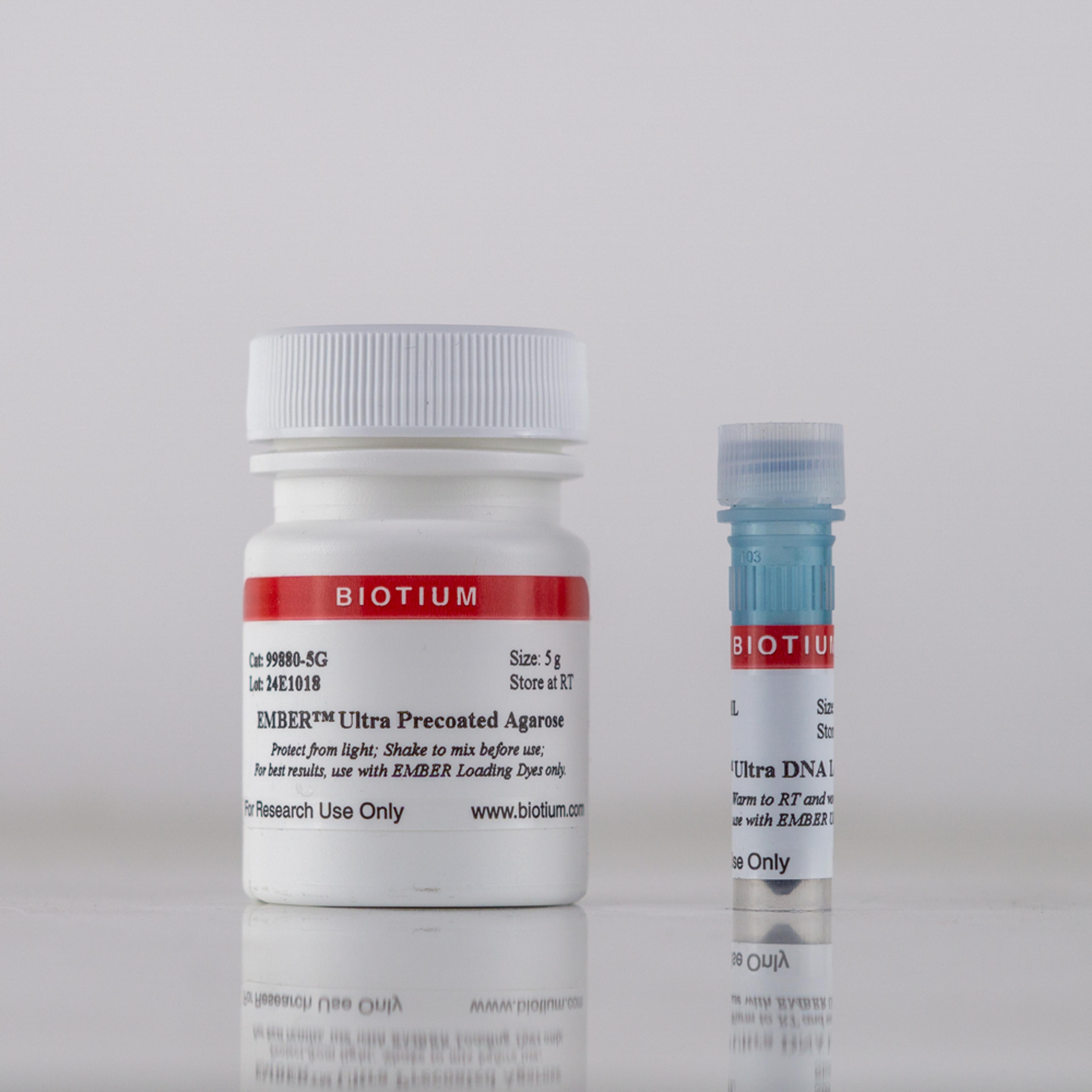IAA (Insulin Autoantibody)
High Quality Assays with Reproducible and Reliable Results

The supplier does not provide quotations for this product through SelectScience. You can search for similar products in our Product Directory.
The IAA ELISA detects the presence of specific human IgG to human insulin. It is a screening test which, together with other clinical information, may be useful as an aid to the diagnosis of Type I Diabetes. Insulin-dependent diabetes mellitus (IDDM) or Type I Diabetes is an autoimmune disease in which insulin deficiency is a consequence of immunological destruction of the pancreatic beta cells. In individuals who are genetically predisposed to IDDM, the immunological attack on the beta cells occurs during an asymptomatic period (1) which is referred to as the "Prediabetic Phase". This prediabetic phase usually begins several years before the clinical onset of IDDM. During this phase,autoantibodies directed against pancreatic islet cell antigens (ICA) and/or insulin (IAA) are detected in the blood of many prediabetic subjects. Insulin Autoantibodies (IAA) were first described in 1970 by Hirata and colleagues in a patient with spontaneous hypoglycemia (2). IAA have been characterized, and found to be of IgG class similar to those insulin autoantibodies from diabetic patients treated with insulin (3,4). The role of IAA in the autoimmune mechanisms of IDDM was first suggested by Palmer and associates (5) who found IAA in 18% of newly diagnosed untreated IDDM patients. With an improved radiometric antibody assay, these investigators detected IAA in approximately 40% of fresh onset, untreated IDDM patients (6). Other laboratories have reported a rate of 20% to 50% of IAA incidence among newly diagnosed IDDM patients (7-12). In a study of a heterogenous group of high risk subjects (non-diabetic patients genetically at higher risk for IDDM including discordant monozygotic twins and ICA-positive first degree relatives) IAA weredetected in 31% of ICA-positive individuals. It was reported that the presence of both IAA and ICA showed an increased likelihood of those individuals subsequently developing IDDM (13). In another study, IAA were found in 40% of ICA-positives and 16% of the ICA-negative first degree relatives of IDDM patients (14). Furthermore, serum IAA were found in four individuals who subsequently developed IDDM (9). The mechanism or the physiological role of IAA in the pathogenesis of IDDM is not yet understood. The most sensitive method currently being used for determination of IAA in human serum employs a radiometric competitive assay (15). The IAA-ELISA is an enzyme-linked immunosorbant assay (ELISA) for IAA determination. It is simple to use and does not require the use of radioactive materials. The IAA-ELISA is intended for the in vitro detection of circulating autoantibodies against human insulin.Human insulin is immobilized onto microwells. The reference, positive, and negative controls, and diluted patient serum samples are added to the appropriate microwells. Human IgG specific antibodies to insulin in the serum sample and controls bind to the insulin molecules on the microwells. After washing off unreacted serum materials,an enzyme (alkaline phosphatase) labelled goat antibody specific to human IgG is added to the antigen-antibody complex. After thorough washing to remove the unbound enzyme, a substrate (PNPP) solution is added and the color development is measured spectrophotometrically. The intensity of the color is directly proportional to the concentration of IAA in the sample. Two quality controls (positive and negative) are provided to monitor and validate assay results.

